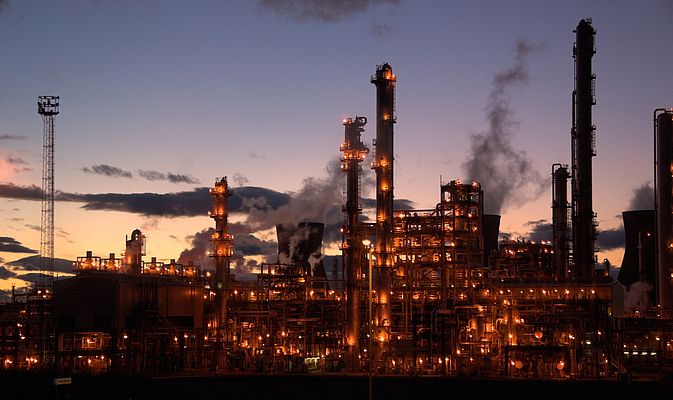Keeping on top of the constant challenge of repairing and replacing thousands of mechanical steam traps is no longer a problem at KNPC’s Shauiba Refinery in Kuwait following the conversion of 1,750 mechanical traps to Gem Venturi Orifice design
KNPC is a subsidiary of the Kuwait Petroleum Association. Commissioned in 1968, Shuaiba Refinery, located some 50km south of Kuwait City, occupies an area of 1,332,000m producing approximately 30 types of light, medium and heavy petroleum products. These consist of mainly gas, ordinary naphtha, various kinds of fuels such as high-octane gasoline, kerosene and ATK as well as automotive diesel, marine diesel, fuel oil and sulphur, which is a by-product of the industrial process.
As is the case in oil refineries worldwide, steam is the primary means of transporting energy from the numerous boilers and steam generators to the point of use and is used throughout the oil refinery for applications ranging from trace heating systems designed to keep the product at the correct viscosity to large reboilers consuming many tonnes of steam per hour.
As the steam gives up its useful heat it condenses to water. The steam trap’s function is to remove this water and air from the steam pipework. At Shuaiba Refinery the mechanical steam traps were failing at a rate of in excess of 10% per annum. Steam traps can fail in either the open position, resulting in the trap passing live steam, or closed which prevents the discharge of condensate from the system.
When Thermal Energy International was first approached by the Shuaiba Refinery, failed mechanical traps had caused the condensate return pressure to rise to 175 psig, preventing the 150 psig steam stem from being able to discharge. During a recent unplanned boiler outage, the refinery was able to run on just two boilers which prior to the installation of the Gem Venturi Orifice steam traps would have resulted in a loss of steam pressure to the refinery’s extremities and impacted on production.
“Use of Gem traps has resulted in an 85psig l reduction in the HP hot condensate header pressure as well as steam savings from the reduction in steam loss”, said Habib M. Atesh, Engineering & Maintenance Manager at Shuaiba Refinery. “In addition Gem traps are superior as only the strainers require maintenance”.
Instead of utilising a valve mechanism to close off steam for maximum energy and water conservation, the efficient steam traps use the venturi orifice design to effectively drain condensate from the steam system. As the steam traps have no moving parts to wedge open or fail, it provides the ultimate in reliability necessitating only minimal maintenance and requiring no spares, testing or monitoring equipment.
Available in a wide range of sizes for a full cross section of applications, the hardwearing steam traps are manufactured from corrosion resistant stainless steel and are guaranteed for 10 years, obviating the need for repair or replacement. The steam traps can provide a fast payback from reduced energy costs and increased equipment reliability due to a reduction in damaging condensate in steam systems. In addition it improves product processing by enhancing the quality of steam and also reducing equipment repairs, downtime and replacement costs.
In conclusion, Sam Mawby, Technical Director of Thermal Energy International said: “We are delighted that the installation has proved so successful. This is due to the unique qualities of the Venturi Orifice Gem trap design as well as co-operation from KNPC’s staff and distributor Mrinal Kanchan of Al Muntaser Trading and Contracting.”
Edited by: Constanze Schmitz
Venturi orifice steam traps
reduce condensate return pressure
- by Gardner Energy Management
- November 3, 2010
- 1714 views

















